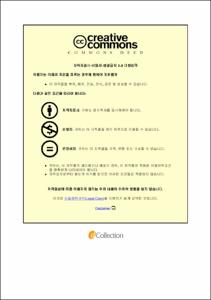항종양괴사인자 치료를 받고 있는 염증성 장질환 환자의 결핵 발생 위험 및 특성
- Abstract
- Background/Aim : Anti-tumor necrosis factor (TNF) treatment for inflammatory bowel disease (IBD) increases the risk of tuberculosis (TB) infection. We analyzed the clinical characteristics and risks of TB in Korean patients with IBD who received anti-TNF treatment.
Methods : IBD patients treated with anti-TNF agents between January 2001 and June 2018 at tertiary referral hospital were included in the study. Overall, 1434 patients of ulcerative colitis (UC) and Crohn’s disease (CD) were enrolled. We calculated the incidence of active TB infection after anti-TNF treatment, and compared the clinical characteristics of TB group and non- TB group.
Results : 21 patients (1.46%) developed active TB infection and the incidence rate of active TB were 366.73 cases per 100,000 person-years. 198 patients (14.9%) were positive for latent tuberculosis infection (LTBI), of which only 8 (4%) did not complete LTBI treatment. The age at which the Anti-TNF therapy started in the TB development group was significantly higher than in the group that did not develop TB (HR = 1.041, 95% CI : 1.014-1.069, P = 0.002), and as the age group increased, the incidence rate increased linearly (linearity p-value < 0.001). There was no significant difference between TB development group and non-TB group (HR = 0.896, 95% CI : 0.262-3.066, P = 0.862).
Conclusion : In patients with IBD, the incidence of TB increased as the age group of Anti-TNF therapy initiation increased. Active treatment of LTBI might be lower the incidence of TB in IBD patients with anti-TNF therapy.
- Issued Date
- 2021
- Awarded Date
- 2021-02
- Type
- Dissertation
- Alternative Author(s)
- Jae Yong Lee
- Affiliation
- 울산대학교
- Department
- 일반대학원 의학과
- Advisor
- 박상형
- Degree
- Master
- Publisher
- 울산대학교 일반대학원 의학과
- Language
- eng
- Rights
- 울산대학교 논문은 저작권에 의해 보호받습니다.
- Appears in Collections:
- Medicine > 1. Theses (Master)
- 파일 목록
-
-
Download
 200000367741.pdf
기타 데이터 / 295.77 kB / Adobe PDF
200000367741.pdf
기타 데이터 / 295.77 kB / Adobe PDF
-
Items in Repository are protected by copyright, with all rights reserved, unless otherwise indicated.